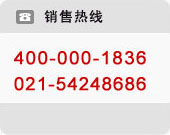
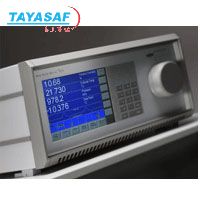
373镜面冷凝式露点湿度计
| 订货号: | MM-46157-00 |
| 产地: | 美国 |
| 品牌: | |
| 开发编号: | N |
| 市场价: | ¥ |
| *此产品根据配置不同价格不同 |
| *此价格为参考价格,具体价格以订单合同为准 |
- 我在现场:
- 产品视频:
- 1
- 2
- 产品描述
- 技术参数
- 技术文档
- 相关产品
- 明细价格
- 购买流程
产品描述:
The 373 Dew Point Mirror is a precision hygrometer exploiting advances in digital technology to satisfy the highest requirements in the measurement of humidity. As a true laboratory reference instrument, the 373 relies on proven optically detected chilled mirror techniques. This ensures a direct, accurate, and stable measurement of the actual humidity over a wide range of temperatures. The measured humidity may be displayed in a variety of parameters including Dew Point, Frost Point, %RH, PPMv, PPMw, Absolute and Specific Humidity. Choose your parameters. Choose your units. Choose your language. Its all user selectable from the front panel.
Head heating, and built in control for external heated hoses, allow for accurate measurement of above ambient dew points. And with the internal gas pump and electronic flowmeter, gas sampling requires the connection of only one external tube. The system is supplied as either a bench style instrument, or can be fitted with optional mounting hardware for a standard 19" rack.
General Information
Graphic Display
Full Color Hi-Resolution LCD Touch Screen -
User Selectable Display Parameters -
Parameters Selectable as Numeric or Graphic -
User Selectable Units -
User Selectable Display Parameters -
Parameters Selectable as Numeric or Graphic -
User Selectable Units -
The system uses an active matrix 640x480-pixel full color liquid crystal display with an integral touch panel. It has a high contrast ration and a wide viewing angle for easy readability. Data is displayed with large, easy to read characters. Using the on screen menus, you can configure the display for for a variety of humidity, temperature, and pressure parameters. The parameters can be viewed in either numeric or graphic (strip chart style) format. System units are user selectable and may be set to any combination of SI and non-SI units.
Digital Control
Digital Measurement and Control of Mirror Temperature - The reflected light from the mirror is continuously measured by a high resolution A/D converter to detect the dew/frost layer thickness. This digital signal is then used in the control algorithm to properly drive the peltier element, establishing and maintaining the dew thickness at the equilibrium point. The mirror temperature is measured by a 100-ohm platinum resistance thermometer which is connected directly to a high accuracy, high precision A/D converter. The resistance of the thermometer is measured by the A/D converter and used, along with calibration coefficients, to computer mirror temperature.
Dew/Frost Determination
Automatically Discriminates Between Dew and Frost - For mirror temperatures above 0ºC, water vapor condenses on the mirror as liquid water (dew). A condensation layer resulting from a mirror temperature above 0ºC is considered a dew point.
For mirror temperatures far below 0ºC, water vapor condenses on the mirror as solid ice (frost). A condensation layer resulting from a mirror temperature far below 0ºC is considered a frost point.
However, for mirror temperatures between 0 and approximately -20ºC, the state - water or ice - of condensed layer is indeterminate. In this temperature range, it is difficult to know, without visual observation, whether the mirror is controlling at the dew point or at the frost point. Since these two states occur at different temperatures for gas of the same water vapor content, it is important to determine which it is. The errors resulting from this problem can be in excess of ± 2ºC
To correct the situation, this system can be commanded to automatically force all sub-zero condensation to a known state of frost. This is accomplished by rapidly cooling the mirror to below -40ºC, then quickly returning it to the previously predicted frostpoint temperature. It is then allowed to stabilize while ensuring the mirror temperature remains below 0ºC. Once forced to frost in this manner, the condensation will remain in frost for all subsequent mirror temperatures that continue to remain below 0ºC.
Once the mirror temperature has risen above 0ºC, any further attempts to stabilize in the indeterminate range between 0 and -20ºC cause the system to once again cycle through forced frost formation. A forced frost cycle may also occur at the completion of any automatic or manual mirror check.
By ensuring that sub-zero mirror temperatures are always forced to frost, the mirror temperature can be taken as the frost point temperature. Since the dew point vapor pressure and the frost point vapor pressure are equal, dew point temperature can be mathematically computed.
ORIS
Optical Response Injection System - ORIS allows for faster measurements at low frost points, generally below about -60ºC. Typically, at these low frost point conditions, a chilled mirror hygrometer must cool the mirror to a value well below the actual frost point temperature in order to start the condensation process on the mirror. But due to the low water vapor content of the gas, it can take a very long time to establish a suitable frost layer on the mirror, then stabilize it at the proper equilibrium temperature. This can often take in excess of several hours. And the lower the frost point, the longer it takes.
ORIS solves this problem by momentarily injecting a small amount of water vapor into the gas stream to assist the initial formation of frost on the mirror, significantly reducing the amount of time required for a stable measurement. Measurements that once took several hours or more, can now be performed in a matter of minutes thanks to ORIS.
Programmable Outputs
2 Configurable 12-Bit Analog Outputs -
User Selectable Parameter and Range -
User Selectable Parameter and Range -
Communication Interface
Bi-directional RS-232 -
Obtain Readings -
Read/Store System Configuration Parameters -
Verify/Edit Calibration Coefficients -
Obtain Readings -
Read/Store System Configuration Parameters -
Verify/Edit Calibration Coefficients -
Abbreviated Specifications
Dew/Frost Point Accuracy: 0.1°C
Dew/Frost Point Ranges Available -60°C to +20°C
(option-L) -80 to 20°C
(option-LX) -95 to 20°C
(option-H) -30 to +70°C
(option-HX) -20 to +100°C
Readout High Contrast Color Graphic LCD,
Numeric Digits 0.5" (1 cm) High
Power Requirements: (specify when ordering)
115VAC 60Hz, or 230VAC 50Hz
Dew/Frost Point Ranges Available -60°C to +20°C
(option-L) -80 to 20°C
(option-LX) -95 to 20°C
(option-H) -30 to +70°C
(option-HX) -20 to +100°C
Readout High Contrast Color Graphic LCD,
Numeric Digits 0.5" (1 cm) High
Power Requirements: (specify when ordering)
115VAC 60Hz, or 230VAC 50Hz
技术参数:

泰亚赛福作为众多知名品牌的合作伙伴,以最优的价格+完善的售后服务体系向您提供产品。“服务第一、质量第一、价格最低”!

泰亚赛福作为众多知名品牌的合作伙伴,以最优的价格+完善的售后服务体系向您提供产品。“服务第一、质量第一、价格最低”!
技术文档:

泰亚赛福作为众多知名品牌的合作伙伴,以最优的价格+完善的售后服务体系向您提供产品。“服务第一、质量第一、价格最低”!
- 在线浏览:
- 文档下载:

泰亚赛福作为众多知名品牌的合作伙伴,以最优的价格+完善的售后服务体系向您提供产品。“服务第一、质量第一、价格最低”!
相关产品:

泰亚赛福作为众多知名品牌的合作伙伴,以最优的价格+完善的售后服务体系向您提供产品。“服务第一、质量第一、价格最低”!
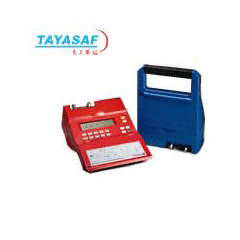 CERMAX-IS露点仪订货号:MM-00051-00
CERMAX-IS露点仪订货号:MM-00051-00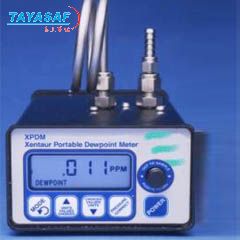 XPDM便携式露点仪订货号:MM-00220-00
XPDM便携式露点仪订货号:MM-00220-00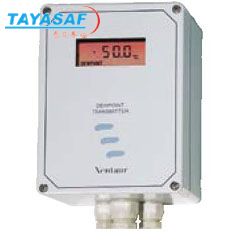 XDT-NEMA在线露点仪订货号:MM-01816-00
XDT-NEMA在线露点仪订货号:MM-01816-00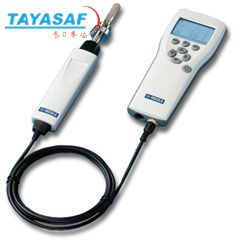 HM70手持式露点仪订货号:MM-01806-00
HM70手持式露点仪订货号:MM-01806-00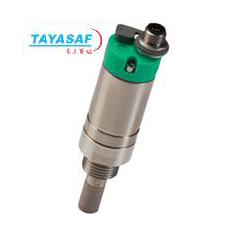 FA410露点变送器订货号:MM-00236-00
FA410露点变送器订货号:MM-00236-00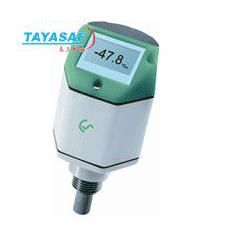 FA400露点传感器(带显示和警报器)订货号:MM-00245-00
FA400露点传感器(带显示和警报器)订货号:MM-00245-00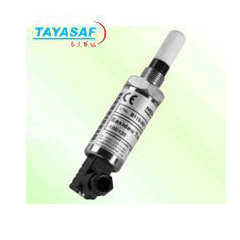 Easidew露点分析仪订货号:MM-00154-00
Easidew露点分析仪订货号:MM-00154-00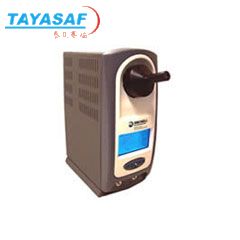 S8000冷镜露点仪订货号:MM-00180-00
S8000冷镜露点仪订货号:MM-00180-00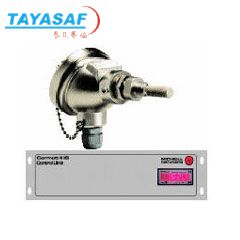 CERMETⅡIS露点测试仪订货号:MM-00181-00
CERMETⅡIS露点测试仪订货号:MM-00181-00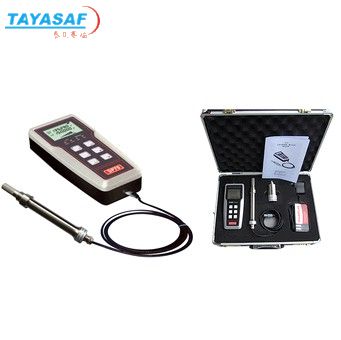 DP70经济型便携式露点仪订货号:MM-00191-00
DP70经济型便携式露点仪订货号:MM-00191-00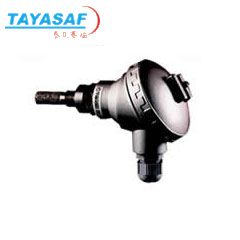 TransmetIS露点变送器订货号:MM-00186-00
TransmetIS露点变送器订货号:MM-00186-00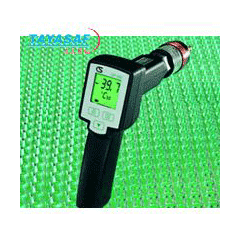 DP-300便携式露点仪订货号:MM-00178-00
DP-300便携式露点仪订货号:MM-00178-00

泰亚赛福作为众多知名品牌的合作伙伴,以最优的价格+完善的售后服务体系向您提供产品。“服务第一、质量第一、价格最低”!
明细价格:

泰亚赛福作为众多知名品牌的合作伙伴,以最优的价格+完善的售后服务体系向您提供产品。“服务第一、质量第一、价格最低”!
| 定货号 | 产品名称 | 规格配置 / 简介 | 市场价/(会员价) |
|---|---|---|---|
| MM-46157-00 | 373镜面冷凝式露点湿度计 | /() |

泰亚赛福作为众多知名品牌的合作伙伴,以最优的价格+完善的售后服务体系向您提供产品。“服务第一、质量第一、价格最低”!
购买流程:

泰亚赛福作为众多知名品牌的合作伙伴,以最优的价格+完善的售后服务体系向您提供产品。“服务第一、质量第一、价格最低”!
①购买产品:点击“生成订单”→填写产品数量、联系方式并提交→会员顾问订单处理→合同签订。
②咨询产品:请联系会员顾问或致电会员客服电话。
③如果您还不是我们的会员,请先注册。
④最小起订数量:1
注意:本产品唯一个人现金委托收款人,如汇入其它个人账户本公司不承担任何责任
维护担当:
上线时间:
投诉电话:13801126385 13911302309
②咨询产品:请联系会员顾问或致电会员客服电话。
③如果您还不是我们的会员,请先注册。
④最小起订数量:1
注意:本产品唯一个人现金委托收款人,如汇入其它个人账户本公司不承担任何责任
维护担当:
上线时间:
投诉电话:13801126385 13911302309
联系方式
电话北京:400-000-1836 分机 或拨0转总机
上海:021-54248686 分机840 / 211 或拨0转总机
上海:021-54248686 分机840 / 211 或拨0转总机
传真北京:010-84852750/84854139
上海:021-64418200
上海:021-64418200

泰亚赛福作为众多知名品牌的合作伙伴,以最优的价格+完善的售后服务体系向您提供产品。“服务第一、质量第一、价格最低”!
品牌简介
美国RH Systems公司提供相对湿度系统的设计销售和定制解决方案,包括生产冷藏温度和湿度计等。RH Systems公司由Bob Hardy于1998年建立,至今已有20年的资深的行业经验。RH S…美国RH Systems公司提供相对湿度系统的设计销售和定制解决方案,包括生产冷藏温度和湿度计等。RH Systems公司由Bob Hardy于1998年建立,至今已有20年的资深的行业经验。RH Systems提供的专业设计嵌入式控制和自动化,包括触摸屏,用户界面和嵌入式固件。产品主要应用在商业实验室、国家计量学院等。
您最近浏览的商品








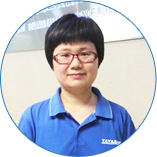



 美国RH Systems
美国RH Systems